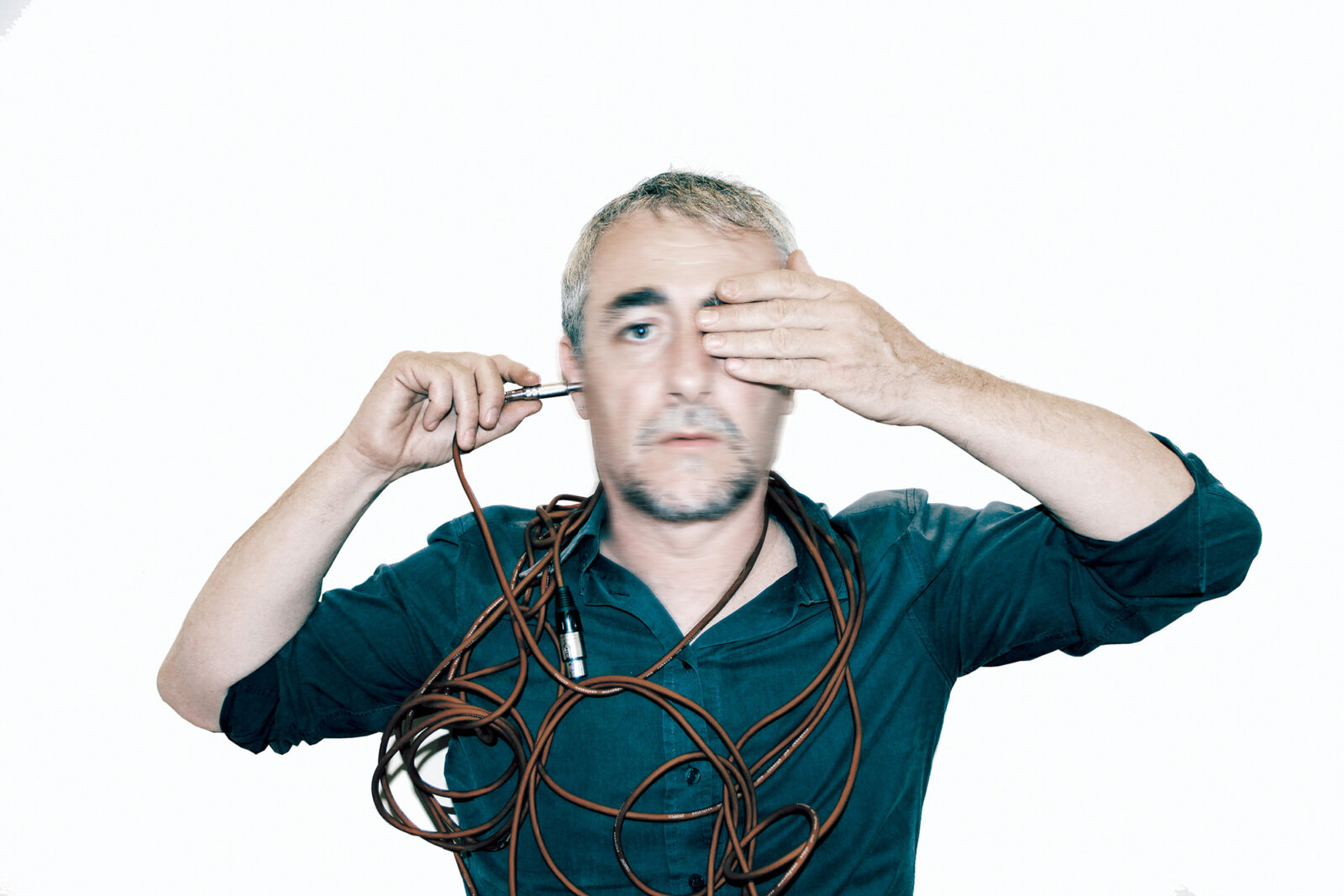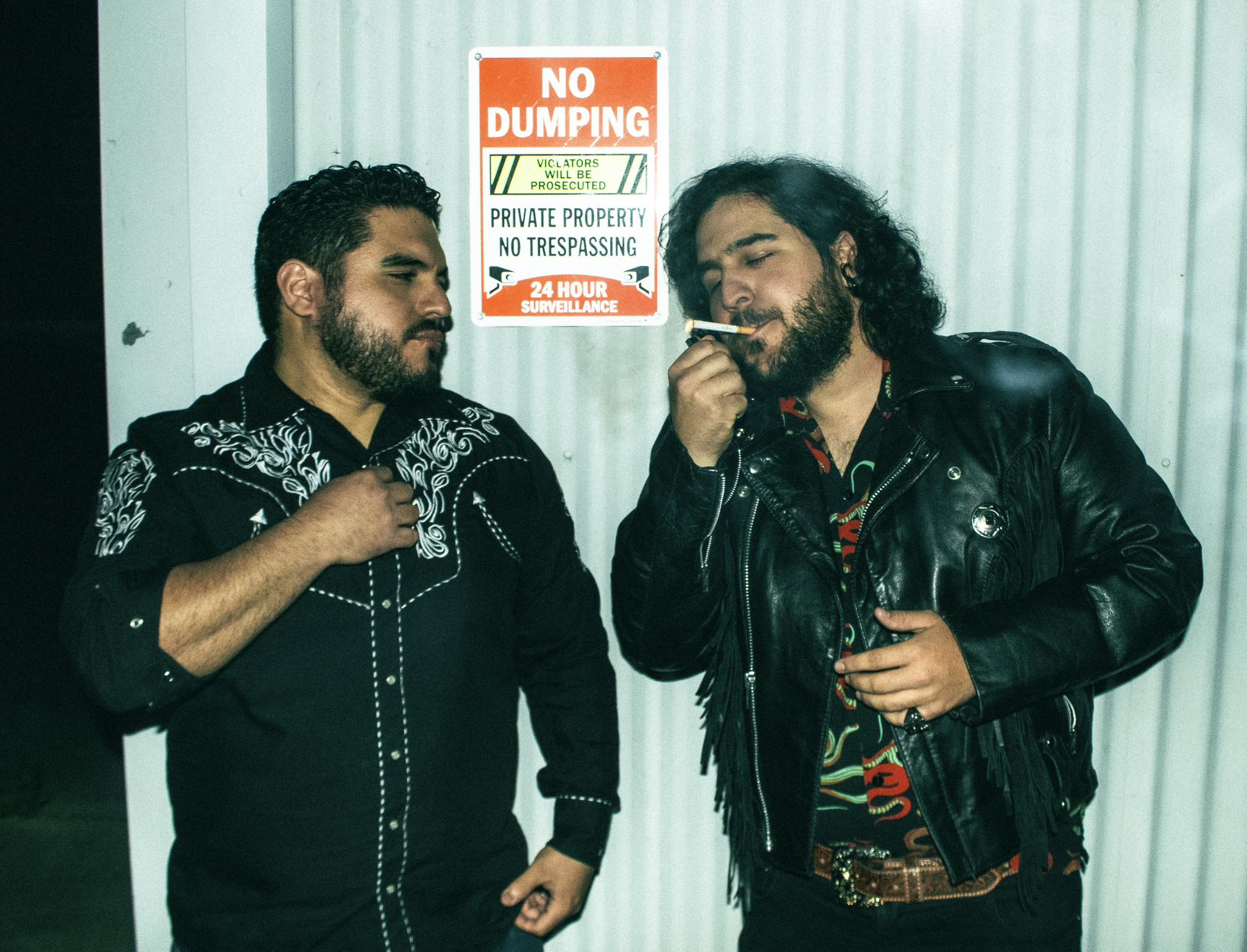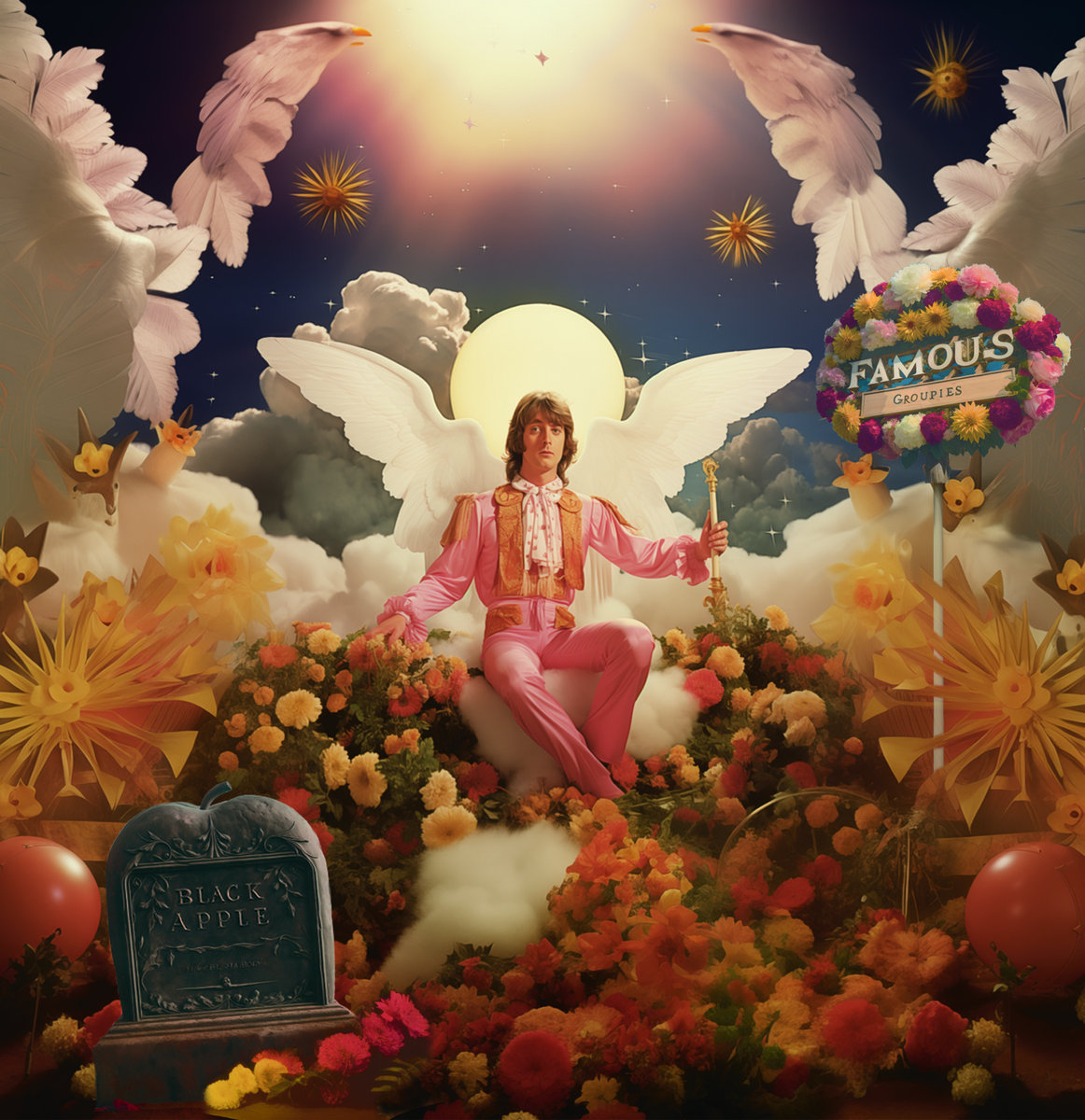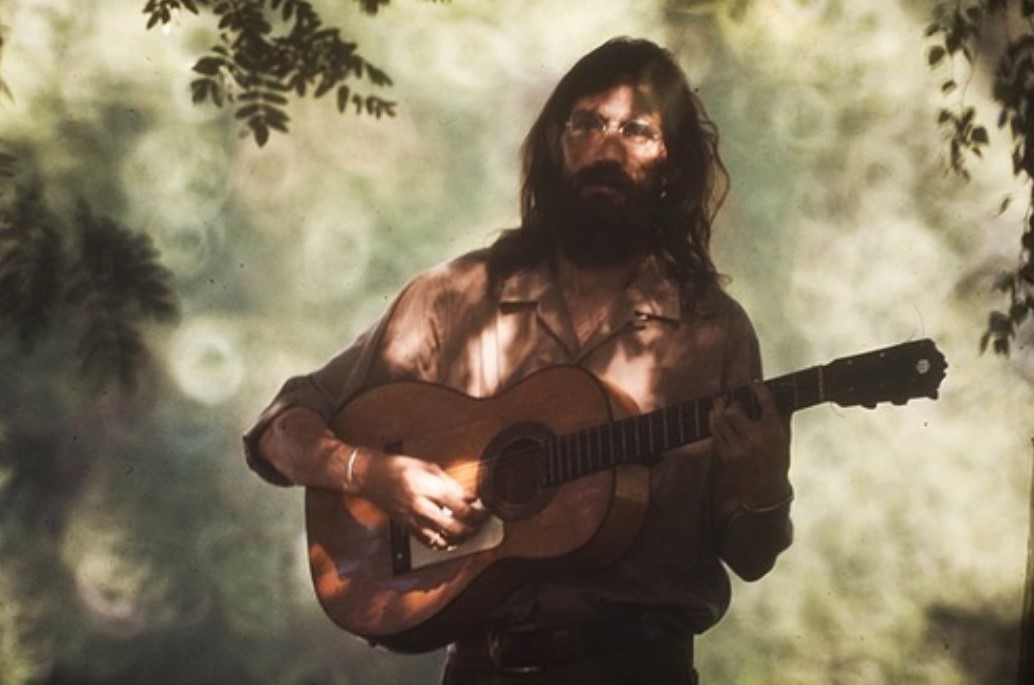‘Ketama’ by Giovanni Dal Monte | New Album, ‘Anestetico V1 & V2’ May 13, 2022
Giovanni Dal Monte (aka La Jovenc) is a composer, musician and video artist. He has composed soundtracks for the television and the film industry.
With the times we are going through, it is now clear that the existence of humanity and the entire planet are linked by a thread. Empathy and compassion are the emotions that humanity and the individual must develop. ‘Anestetico’ (Anesthetic) as an aid, to anesthetize the wounds of the body and mind.
‘Anestetico’ is divided into two volumes:
Volume 1 is ‘Neolitico’, a new stone age, the age we seem to be living in. And they are stronger, sharper sounds, rhythmic and even danceable. Sometimes tribal.
Volume 2 is ‘Evitico’, from the mother of humanity in the Judeo-Christian tradition, the one who gives birth to life. And they are sweeter, poetic and meditative sounds.
‘Anestetico’ not only reports the brutality of the times, but also indicates a possible cure. And playing with the word anesthetic/an-a- esthetics, I imagine stripping myself of any definite aesthetics, as if stripping myself of any prejudice or ideology. In the sense that I play with sounds and I paint soundscapes with no orthodoxy in the approach. With a strong dose of humour.
The work stems from a series of improvisations that I made with various methods, from the use of modular synths and groove machines to generative music. I then grouped these recordings and edited them according to a direction that set them to a song form.
This song form is to avoid losing myself as well as the listener in long sequences where the action would develop in too long a time, taking care of the details of sounds and events. However, I let all the parts retain their imperfections, given their improvisational nature and their (semi) automatic genesis. Giovanni Dal Monte
“Ideas come continuously”
‘Ketama’ is the lead track off your latest album, how did the project start and did you begin with a certain idea you had in mind or did that evolve eventually while working on new tracks?
Giovanni Dal Monte: Ideas come continuously, they can come either while working on new tracks or from a specific desire to experiment in a certain direction. Or also from literary, cinematographic, pictorial, theatrical suggestions, from life experiences, from philosophical considerations et cetera.
At a certain point, however, one idea becomes more important than the others, and there is a need to dissect it, to make it complete.
In this case it started while I was recording jams with various modular software systems, and I decided to then put them together in the sequencer and try to juxtapose them, according to the affinities of time, to the timbre, to the mood …
I saw that I was going in a more techno / dance direction and I let it go, but trying not to cross a line that I didn’t want to cross. I didn’t want it to become techno electronics but not boring avant-garde electronics either. I wanted it to be relatively easy to listen to.
‘Ketama’ is a song that I really like… although it is electronic it doesn’t sound “scientific”, but primitive, exotic, tribal.
‘Anestetico’ is divided into two volumes, would you like to elaborate on it?
The inspiration was unleashed, and so I had to select among the many tracks. During the selection I thought of dividing it into two volumes, in the first the more rhythmic tracks, sometimes tribal … in the second the more meditative tracks, of generative music.
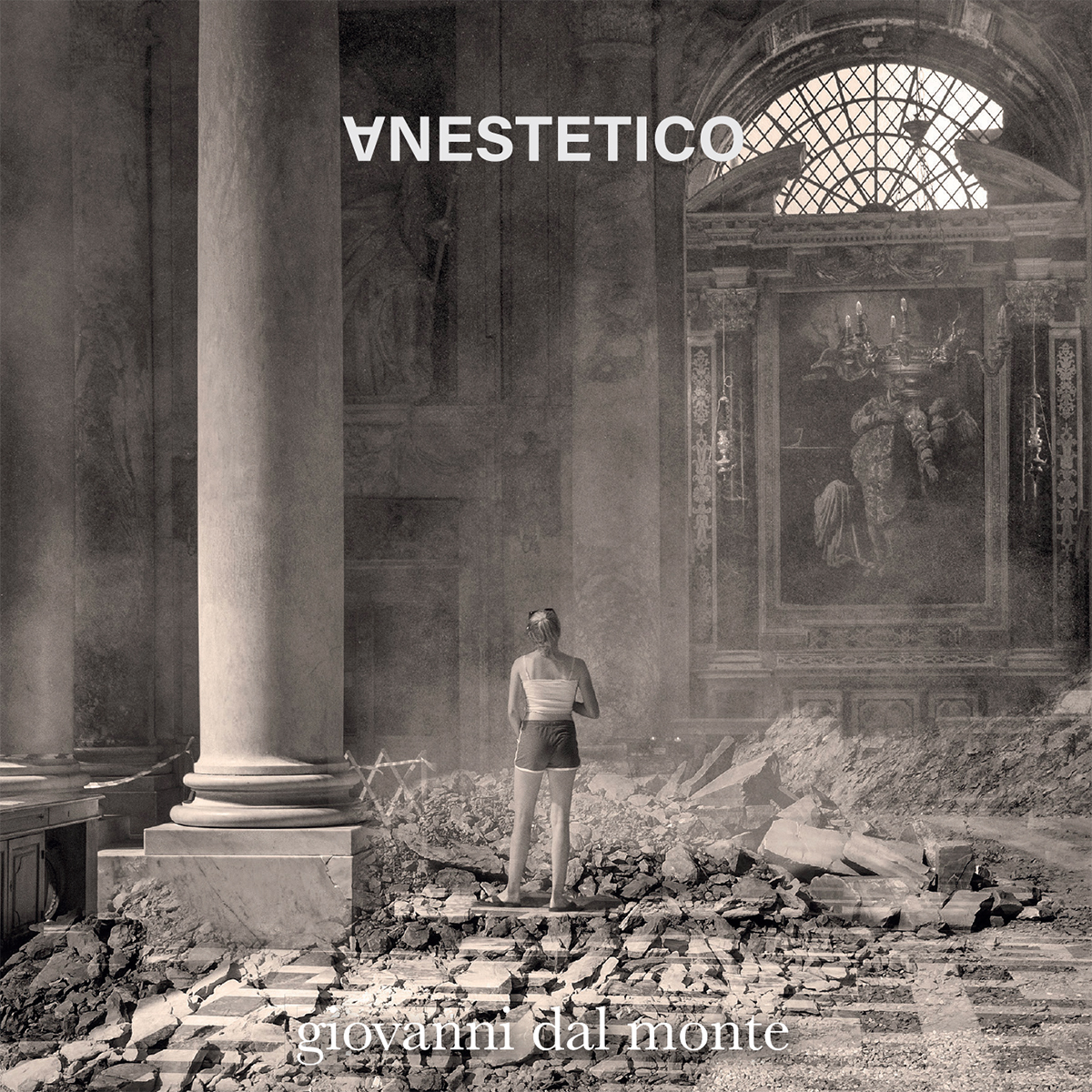
Was it difficult to get all the material together?
No, it was easy. It is a record that was born with a strong inspiration.
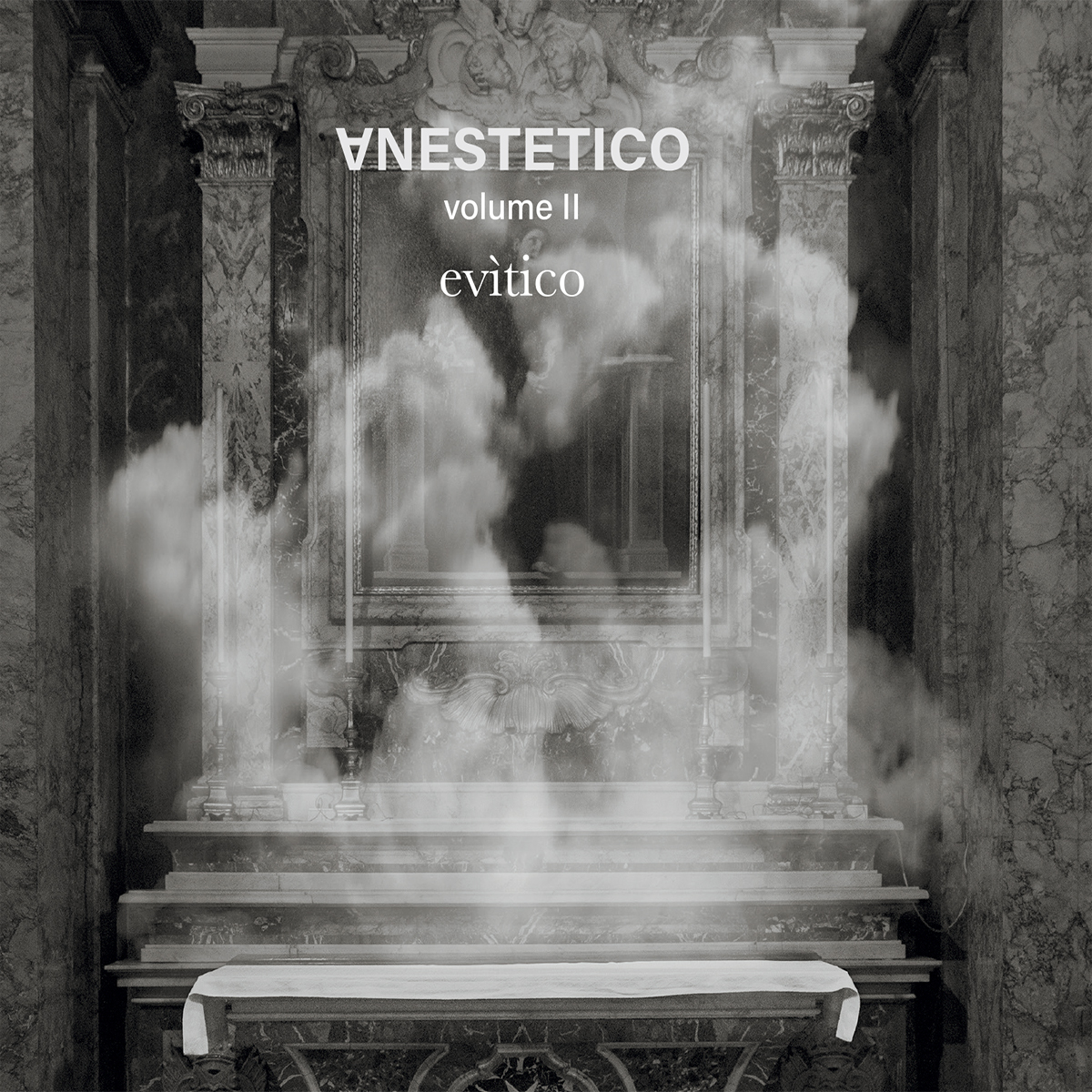
The album itself not only shows the current state of the world, but it also offers a potential solution… Tell us more what you have in mind?
Yes, assuming that as an artist I can only bring back an impression, and that I don’t have the truth in my hand, I believe that the first volume sublimes the wildness of the world in which we live. The second offers if not a solution, an alternative.
Meditation, calm. Inclusion (there are collaborations with other artists in both volumes). Then the generosity, in the offer of pieces and situations. And the vibrations. Furthermore, the non-orthodoxy in the approach: nothing is a rule. The logarithm, the synthesis here are used in a pictorial way, I would say, and not in a scientific way. This is no small thing: it means a willingness to accept which, even in the musical world, is not easy to find. It means to undress from the prejudice and invite the listener to do the same.
How did you approach album making? Where did you record it and how happy are you with the sound?
I recorded in my home studio. Then I always mixed and mastered in my studio. And I’m happy with the sound, because my mix (which is darker than some I’ve tried made by others) makes the idea of music played live very much. The effort was the preparation for the release: five labels were interested (4 in Berlin and 1 in Milan) but all with unacceptable proposals, and with no guarantee that they would follow the work with care. If the situation of the music labels is now in this state then they are really useless, I prefer to publish with my label SonicaBotanica, to work alone, but to do it well.
Who created the music video for ‘Ketama’?
I am also a video artist so I created the video for ‘Ketama’, with clips taken from African, Indian, Thai dances etc. and from the farmers of the Rif. Also from the King Kong movies! I had to create something that didn’t bring back the minimal, hi-tech aesthetic but rather something tribal, physical, and even esoteric, if you like. Then ‘Ketama’ has a truly magical mix, it seems in surround, and the wave grows until it reaches that semi-organic rhythm (more woody than fm, so to speak) hypnotic and lame that I like very much.
When it comes to composition, who are your main influences and why? What in particular do you enjoy the most in their “technique”?
My tastes range from jazz to classical, and I was a teenage rocker.
Concrete music was my first love in electronics. So field recordings, samplers, tapes. The French and Italian school. The fascination for sound synthesis came later.
To name a few among many, the Matmos (whom I have personally known) for their unorthodox use of samples. Autechre for the poetry they manage to put into the use of machines. Musicians like John Zorn, who wrote to me that enjoyed my music; free jazz in general, and the great Billie Holiday.
Influences are many, but when I compose electronic music I let fantasy and randomness remain present despite the meticulous and maniacal editing that I usually apply.
And again I remember that my influences are not only musical, for example the Wuppertal Tanzteater in dance and companies like the Societas Raffaello Sanzio in the theater (just to name a few) have influenced my way of thinking about music.
Klemen Breznikar
Giovanni Dal Monte Official Website / Facebook / Instagram / Bandcamp / YouTube

